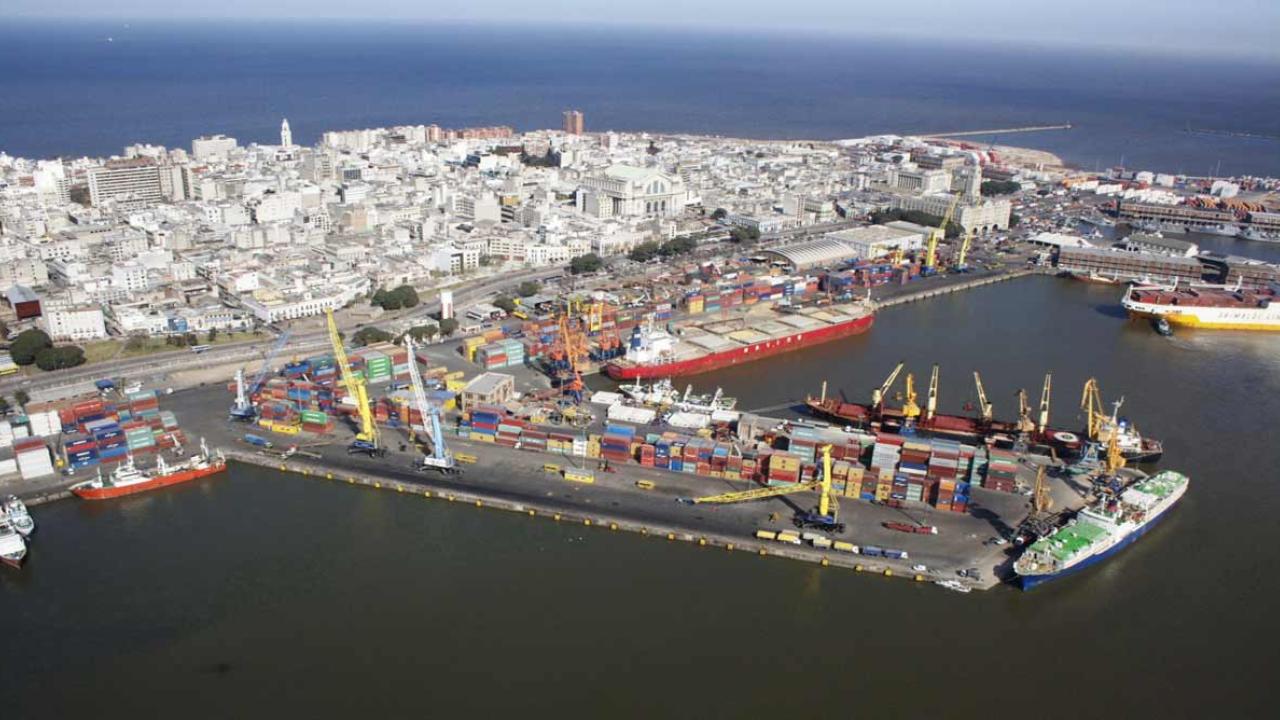
Modern services, the primary sector and agroindustry were the main generators of added value in Uruguay.
Uruguayan exports of goods and services totaled US$ 21,657 million in 2022 and of that total, 76% was gross added value (GVA), while the remaining 24% was imported value, corresponding to inputs used in the production of the exported goods and services.
Among the sectors that generated the most added value in Uruguay's economy were modern services, the primary sector and agroindustry.
This was reflected in the data processed by Uruguay XXI and the Economic Commission for Latin America and the Caribbean (ECLAC) through a report published yesterday, in which they analyzed the GVA of Uruguayan exports, that is, the value created within the country and the employment associated with them.
According to Uruguay XXI, measuring exports of goods and services through GVA allows for "a more in-depth analysis of the importance of the external sector in the economy, since it reflects the creation of value in the national territory", in addition to confirming the relative importance of each sector in the creation of value, its relevance in employment and economic growth.
To analyze Uruguayan sales abroad based on the GVA they generated, the Input Output Matrix (MIP) was used, a tool developed by the Central Bank (BCU) —with data updated to 2022— that shows the interaction between the different sectors of the economy at the local level and abroad, which provides a more complete view of the production chains, by quantifying the added value from the productive factors (capital and labor) to the production of final-use goods.
"This approach is particularly useful for identifying which sectors contribute more value within the economy and which depend more on imported inputs, reflecting the true impact of exports of goods and services on economic development," said the Uruguay XXI report.
Among the main results, the study indicated that the Gross Domestic Product (GDP) associated with exports was 26% of the total GDP of the Uruguayan economy and that exports in that year generated 356,000 direct and indirect jobs, which represented 21% of the total economy in that year.
ADDED VALUE OF EXPORTS BY SECTOR
In 2022, the GVA of exports totaled US$ 16,511 million, 27% of the GVA of the Uruguayan economy that year and 26% of the total GDP. Within this exported gross added value, services represented 59%, while the rest was divided between industry and the primary sector, at 21% and 20%, respectively.
With US$ 3.625 billion, modern services were the main sector in terms of exported added value. Included in this sector are information technologies and financial, technical and professional services.
According to the Uruguay XXI report, this sector has the particularity of having high levels (65%) of direct exports, "while its GVA is demanded by other sectors, through which it exported US$1,267 million."
For its part, the primary sector - made up of agriculture, livestock and forestry activities - contributed 20% of the GVA of exports in 2022. As with modern services, a large part of the sector's GVA was exported by industry.
"64% of the added value exported by the primary sector was exported indirectly through the agro-industry, while 32% was produced directly by the sector itself, especially in products such as soybeans, livestock and raw wood," the report said.
Specifically, the agro-industry exported approximately US$ 8 billion and 27% corresponded to GVA generated by the sector itself, while the remaining 73% corresponded to added value from other sectors or imports.
Thus, the GVA of agro-industrial exports in 2022 was US$2,266 million, significantly lower than the amount exported, the report said.
Uruguay XXI indicated that the agro-industrial sector stands out for having "strong productive links with other sectors of the economy" and for producing "highly competitive exportable goods that are ultimately exported to international markets," which is why this sector is consolidated as "one of the main exporters in Uruguay."
A similar situation occurs with the rest of the industrial sector, which, like the agricultural sector, generated exports significantly greater than its contribution to GVA.
"Of the US$2.65 billion exported by the industry, 46% corresponded to imported inputs, reflecting the integration of the sector in global value chains.
This is consistent with international manufacturing dynamics, where industrial exports tend to incorporate a high proportion of foreign value," the study added.
In total, the GVA of industrial exports reached US$ 1,218 million, of which 65% was exported directly, while the rest were indirect exports, including inputs in other sectors.
Meanwhile, traders - the services of buying and selling merchandise that did not enter national territory and which, for the most part, involve operations by foreign companies in the form of captive centers - represented 11% of the GVA exported in 2022.
EMPLOYMENT ASSOCIATED WITH EXPORTS
According to the report by Uruguay XXI and ECLAC, exports generated direct and indirect jobs for more than 350,000 people in 2022 and the primary sector was the largest generator of employment in that year with 94,000 jobs, followed by modern services with 82,000.
For their part, the most labor-intensive sectors, such as agribusiness, generated less added value per employee compared to more specialized sectors such as services.
When analyzing the ratio of employment per million dollars exported —an indicator used to measure the labor intensity of export sectors, i.e. the activities that generate the most jobs for each dollar exported—, it was found that tourism and trade were the most intensive in employment per dollar generated.
Meanwhile, within the agro-industrial sector, beef and wood products were the main generators of jobs, while cellulose showed a smaller number of jobs, approximately half of those generated by beef.
Within modern services, there were mixed performances, given that activities such as legal, accounting and other technical professional services registered relatively high employment values per dollar exported, while traders showed low labor intensity.
In the case of industrial sectors, which largely use inputs from abroad, the coefficient of employment per dollar exported was lower, the report indicated.









